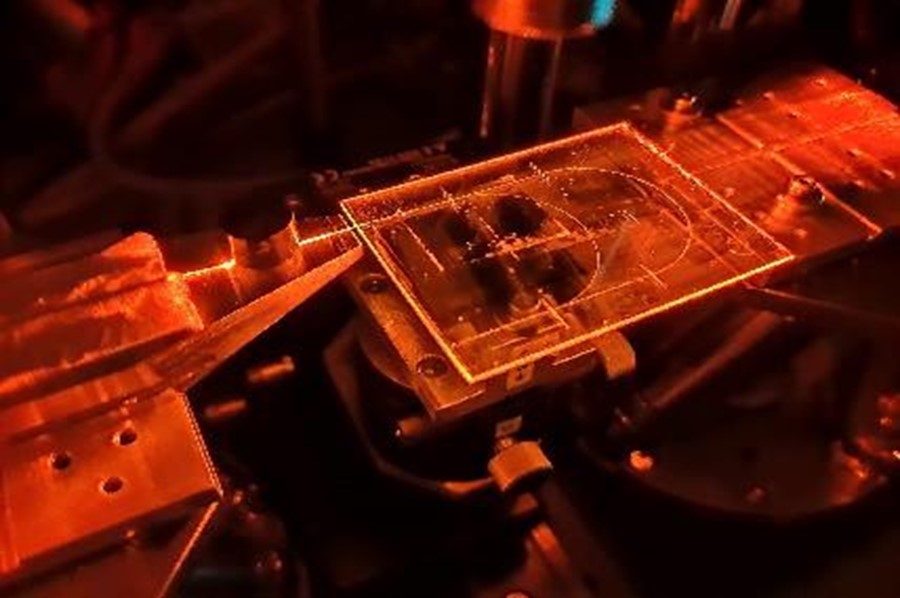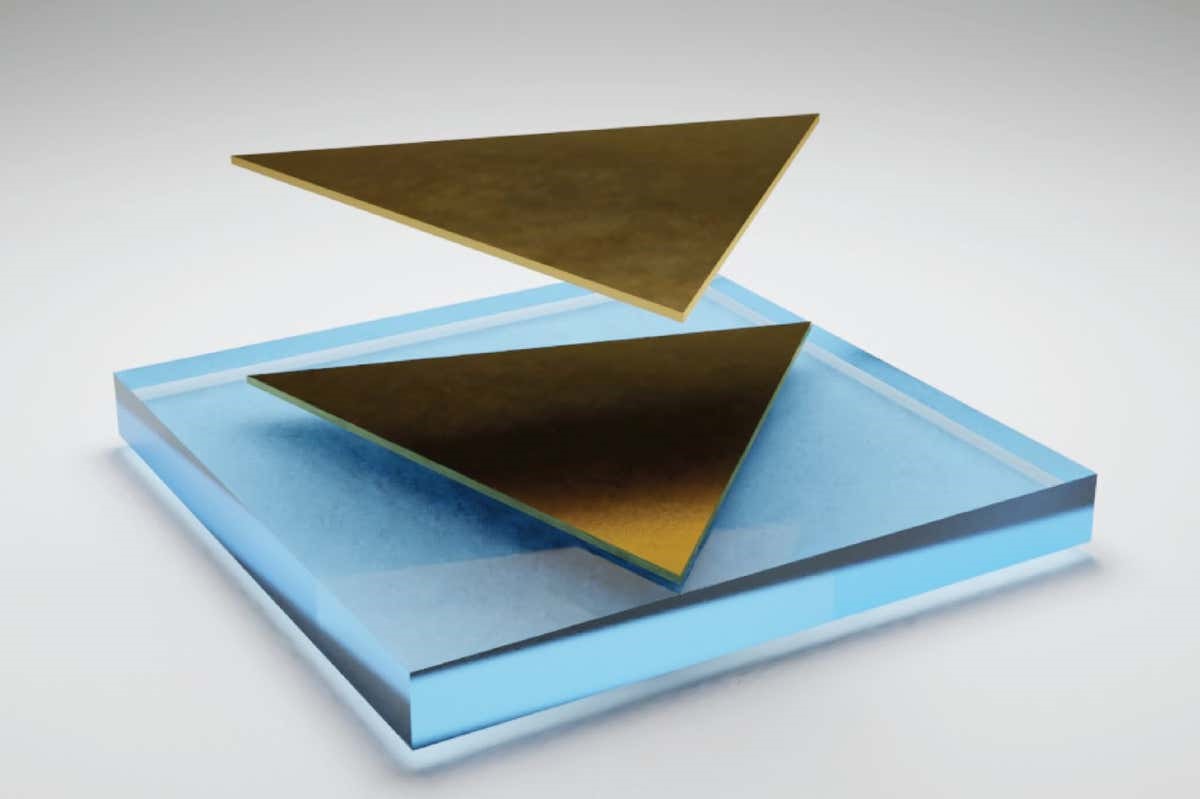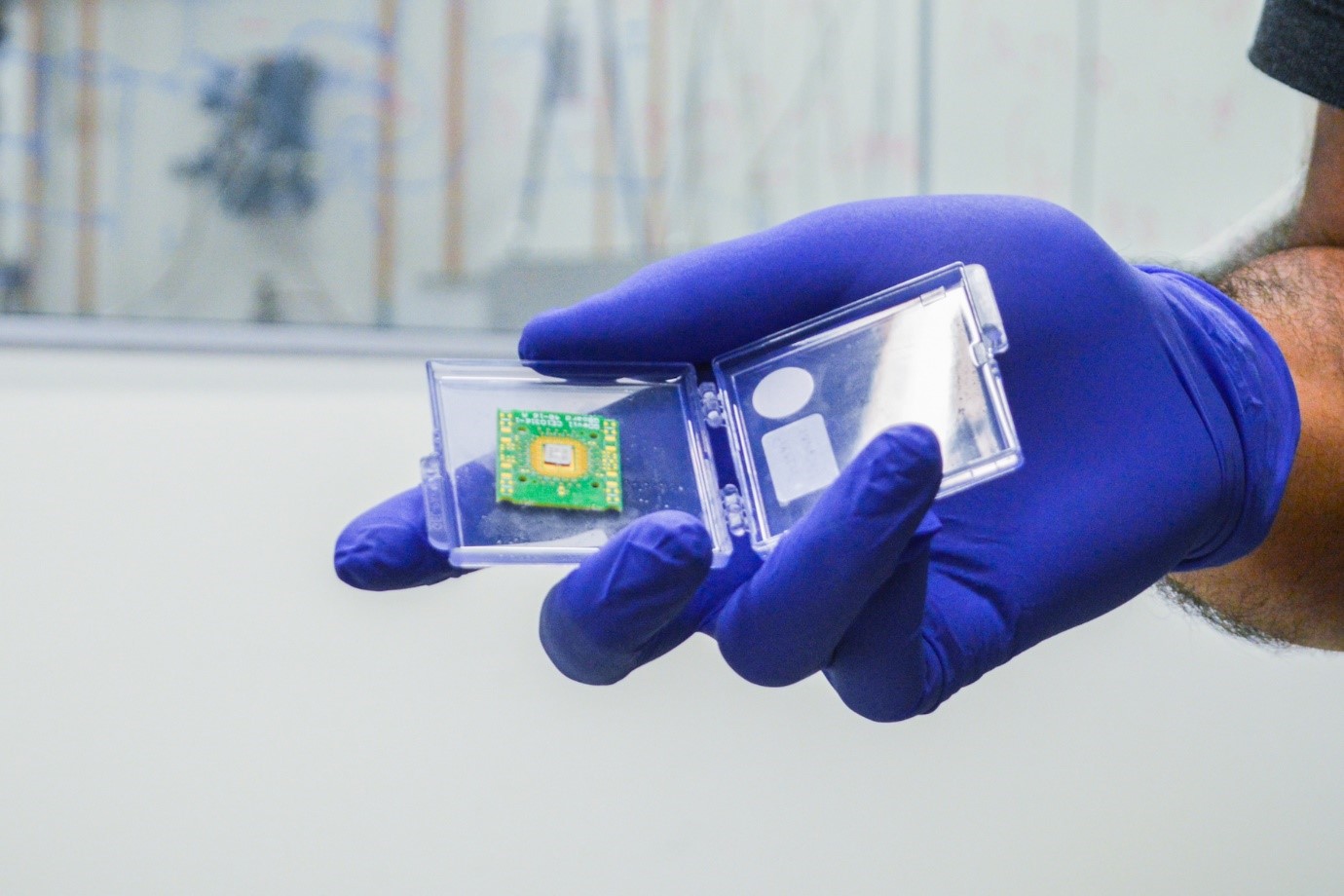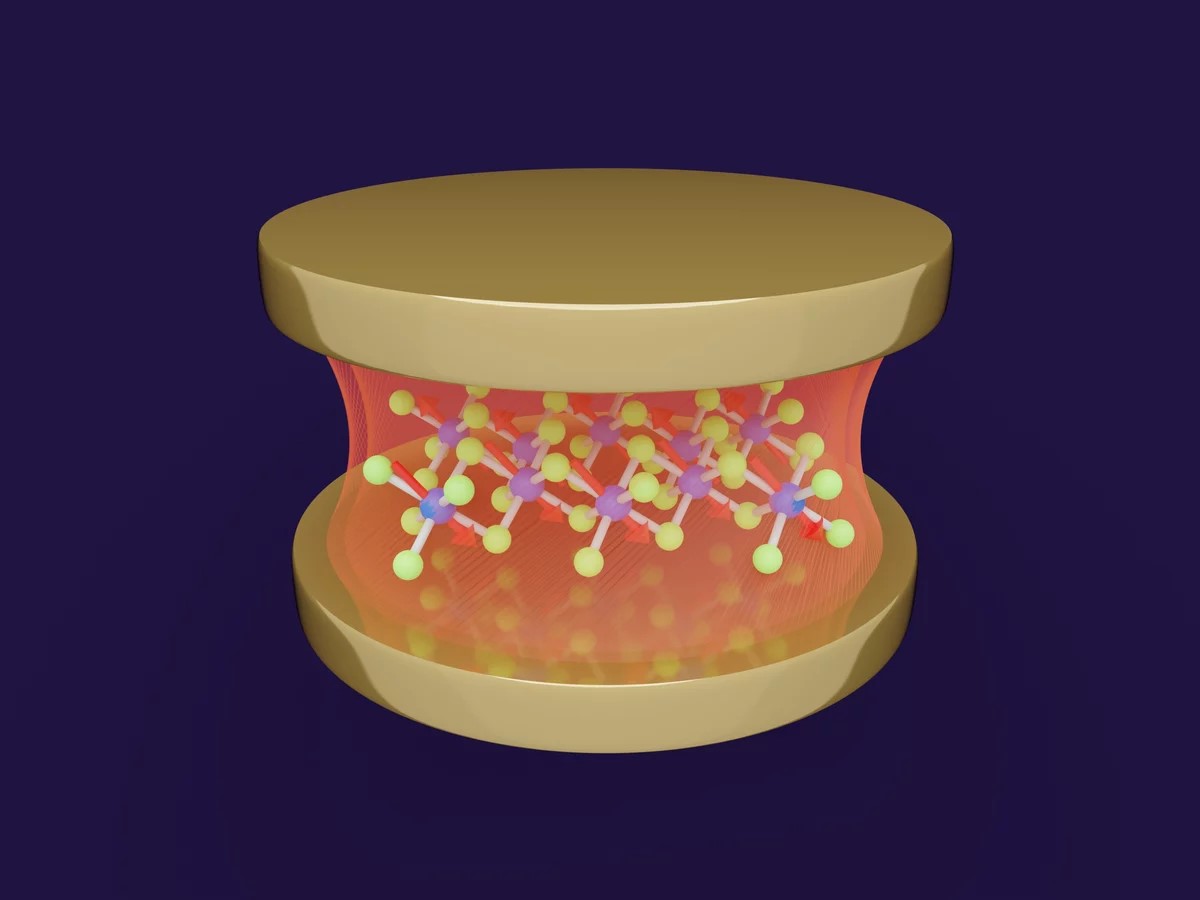Bridging Quantum Mystery with Bouncing Droplets: MIT's Classical Experiment
In our everyday world, a ball in motion follows a predictable trajectory. But delve into the microscopic realm of quantum mechanics, and that same ball, shrunk to atomic size, transforms into a wave-particle with bizarre properties. Enter the intriguing concept of the "quantum bomb tester," where a quantum particle, like a photon, could detect a bomb without direct interaction. While the theory aligns with quantum equations, the mechanics behind it remain elusive.

Figure 1. Proposed Method. (Credit: MIT researchers)
Figure 1 shows MIT mathematicians tracked a droplet as it bounced through a structure inspired by the theoretical “quantum bomb test.” The shows the droplet’s trajectories when the "bomb" is present, and the right panel shows the trajectories taken when the "bomb" is absent.
MIT mathematicians have embarked on a mission to unravel this quantum mystery using a seemingly ordinary tabletop setup. Published in Physical Review A, their paper reveals a classical recreation of the quantum bomb tester using bouncing droplets. The experiment mimics a photon's wave-particle behavior, suggesting a potential link between the classical and quantum worlds.
John Bush, MIT professor of applied mathematics and study author, explains, "Here we have a classical system that gives the same statistics as arises in the quantum bomb test, which is considered one of the wonders of the quantum world." The researchers aim to demystify quantum mechanics by exploring classical dynamics, bridging the gap between the observable classical world and the enigmatic quantum realm.
The foundation of this experiment traces back to the pilot wave theory proposed by physicist Louis de Broglie in 1927. While initially dismissed, the theory gained new life in 2005 when physicist Yves Couder demonstrated classical replication of de Broglie's quantum waves in a fluid-based experiment. Bush, over the past 13 years, extended this experiment to observe droplets exhibiting quantum-like behaviors.
The quantum bomb tester thought experiment involves an interferometer with two corridors of equal length. According to quantum mechanics, a photon should travel down either corridor with equal probability, with its wave function ensuring detection at one detector 100 percent of the time. If a bomb is present in one corridor, the photon's behavior becomes even more perplexing.
In the MIT study, researchers submerged a structure resembling the interferometer in a bath of silicon oil. Tiny oil droplets, akin to quantum particles, were dispensed into the bath. When a bomb-like object was introduced, the droplets displayed behavior mirroring the quantum bomb tester predictions. The droplets sensed the bomb-like object without physical contact, echoing the statistical outcomes seen in quantum scenarios.
Former MIT postdoc Valeri Frumkin, co-author of the study, highlights the significance: "Not only are the statistics the same, but we also know the dynamics, which was a mystery." The experiment suggests that classical dynamics, represented by the droplets' waves, may underlie certain quantum behaviors, shedding light on the boundary between quantum specificity and classical understanding.
Theoretical physicist Matthieu Labousse from CNRS, ESPCI Paris PSL, who wasn't involved in the study, emphasizes the groundbreaking nature of the research: "This system is the only example we know which is not quantum but shares some strong wave-particle properties. It is very surprising that many examples thought to be peculiar to the quantum world can be reproduced by such a classical system."
In essence, MIT's latest results push the boundary between classical and quantum systems, offering a new perspective on the nature of quantum phenomena.
Source: Massachusetts Institute of Technology
Cite this article:
Hana M (2023), Bridging Quantum Mystery with Bouncing Droplets: MIT's Classical Experiment, AnaTechMaz, pp. 134















